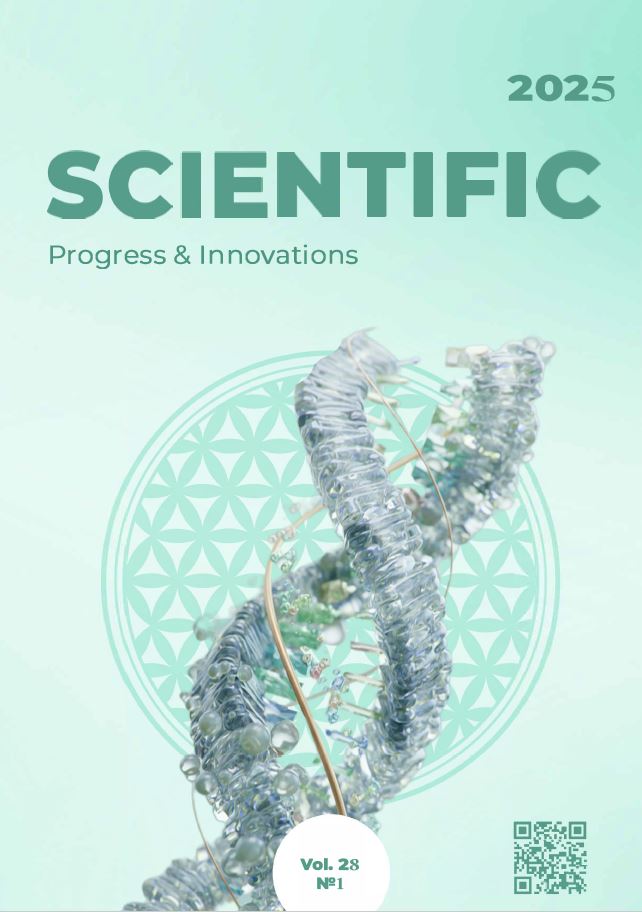Morphogenesis of lymph nodes of meat-producing rabbits during the postnatal period of ontogenesis
DOI:
https://doi.org/10.31210/spi2025.28.01.24Keywords:
rabbit breeding, lymphoid parenchyma, morphometric parameters, lymphoid tissue, organs of hemopoiesis and lymphopoiesisAbstract
In the modern world, rabbits are increasingly considered not only as objects for scientific experiments but also as a rapidly maturing source of high-quality meat products. Therefore, the issue of their effective breeding within large-scale farms focused on raising hybrid crossbreeds becomes increasingly relevant. A primary task is to maintain a high immune status in these animals under intensive rearing technologies. To achieve this, it is necessary to understand the species-specific and age-related features of the structure of the peripheral lymphoid organs in these animals, which are the most sensitive to various influencing factors. Lymph nodes are peripheral organs of hemopoiesis and lymphopoiesis, providing lymph filtration and the function of antigen-dependent proliferation and differentiation of immunocompetent cells. The popliteal (somatic) lymph node of meat-production rabbits (the fast-growing hybrid cross Hyplus) aged 1, 10, 20, 30, 60, and 90 days was studied. Each age group consisted of six rabbits. All experimental animals were clinically healthy, unvaccinated, and not treated for ecto- or endoparasites. Morphological studies included the preparation of histological sections, staining with hematoxylin and eosin, followed by microscopy. Qualitative and quantitative indicators of the development of tissue components were determined using the ImageJ software. It was established that in day-old Hyplus hybrid cross rabbits, the popliteal lymph node was histologically differentiated only into connective tissue stroma and parenchyma. The parenchyma of the organ was represented by the central medulla and the cortex located on the periphery. In 10-day-old rabbits, the connective tissue stroma of the organ thickened, the medulla was predominant among lymphoid tissue, and the sinus system was more visualized. From the age of 20 days, individual primary lymphoid nodules without germinal centers began to appear in the lymph node, along with active formation of deep cortical units. From 30 days of age, the trend of dynamic changes in the relative area of functional zones in the popliteal lymph node persisted and intensified. During the second month of life, the relative area of the sinus system increased, and there was active development of lymphoid nodules, particularly those with germinal centers. By the age of 90 days, the highest relative area was observed in the deep cortical units and lymphoid nodules with germinal centers. The results obtained regarding the timeline of morphofunctional maturity of the lymph nodes in meat-production rabbits are of significant importance and can serve as a reference for comparing changes during pathological processes.
Downloads
Published
How to Cite
Issue
Section
License
Copyright (c) 2025 Scientific Progress & Innovations

This work is licensed under a Creative Commons Attribution 4.0 International License.

 Creative Commons Attribution 4.0 International Licens
Creative Commons Attribution 4.0 International Licens